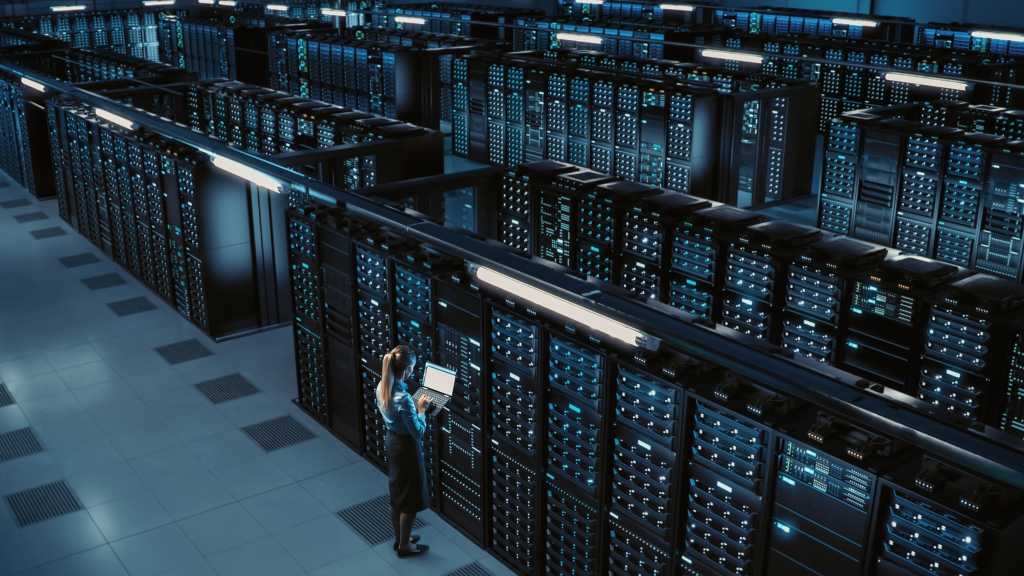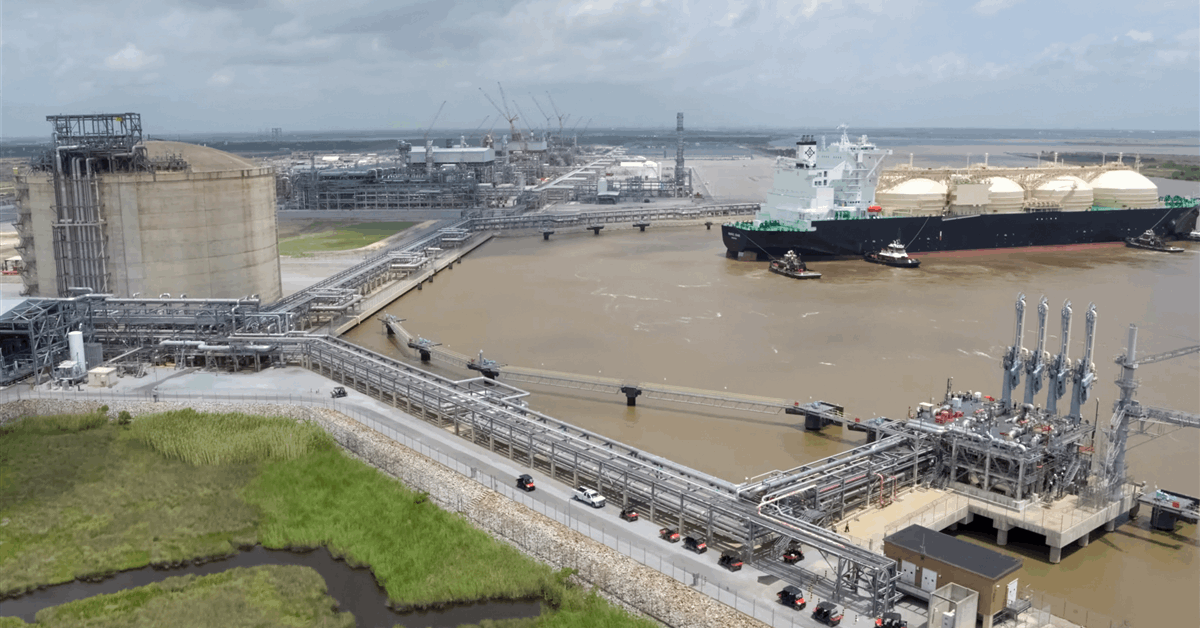
Batson paints a pretty dire picture. “Vacant and immediately available data center space is incredibly limited. Across North America there are very few blocks available larger than 5 MW. Any second-generation space that becomes available is re-leased within weeks. Nearly 6.5 GW is under construction, of which 72% is preleased. Tenants looking to lease any sizable amount of data center capacity must wait 24 months on average.”
According to a commercial real estate services firm CBRE, “Demand continues to outpace new supply across both core and emerging hubs.” Inventory across the four largest U.S. data center markets—Northern Virginia, Chicago, Atlanta and Phoenix—increased 43% year-over-year in Q1 2025.
But that increase in inventory was overwhelmed by skyrocketing demand. Northern Virginia remained the tightest market, with a vacancy rate at 0.76%. Phoenix was at 1.7%, Chicago at 3.1% and Atlanta’s vacancy rate was 3.6%.
What’s driving the colo crunch?
Demand has outstripped supply due to multiple factors, according to Pat Lynch, executive managing director at CBRE Data Center Solutions. “AI is definitely part of the demand scenario that we see in the market, but we also see growing demand from enterprise clients for raw compute power that companies are using in all aspects of their business.”
Batson agrees. “AI is driving demand, but it’s not the sole driver. We estimate AI workloads are about 20% of all data center workloads.”
The big wild card contributing to the colo space shortage is that the hyperscalers are snapping up colo space as fast as it comes on the market, as they try to stay ahead of the surge in demand for AI processing from their big customers.



















